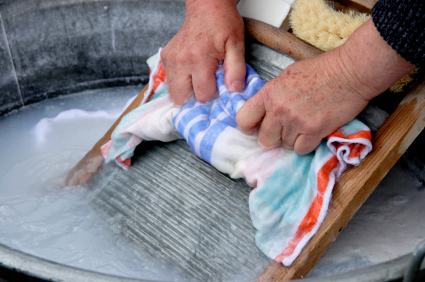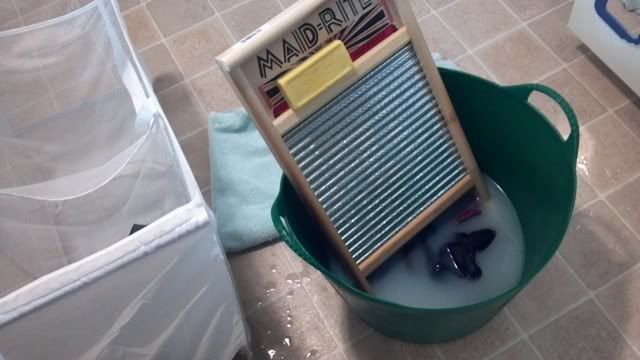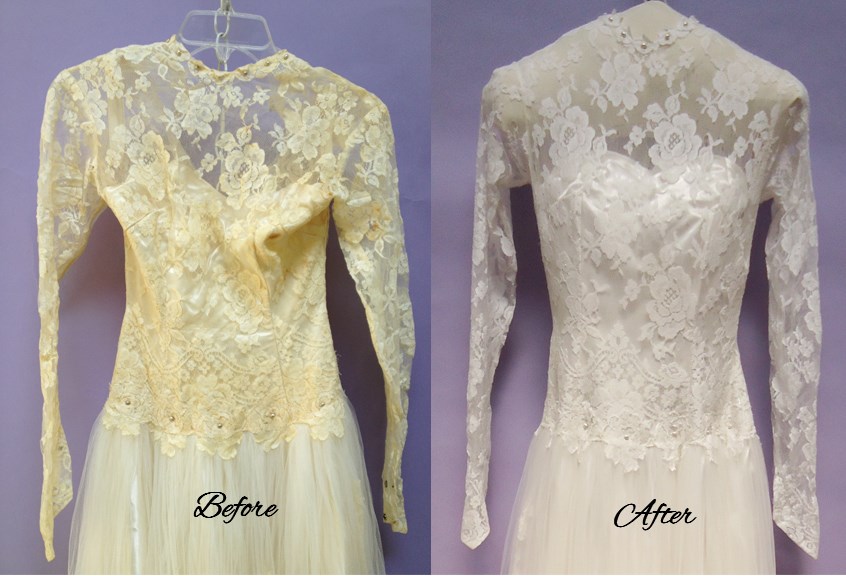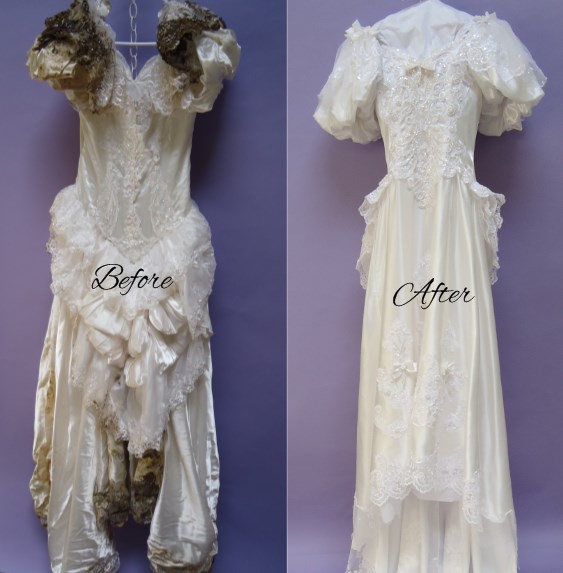 Reinforcing fabrics (mirroring). In the case of well-preserved fabrics, maintenance can be limited to cleaning, tj. removal of harmful impurities. If the fabric has fractures, cracks and brittle places, that is, as a result of degradation processes, it changed its physical form …
Reinforcing fabrics (mirroring). In the case of well-preserved fabrics, maintenance can be limited to cleaning, tj. removal of harmful impurities. If the fabric has fractures, cracks and brittle places, that is, as a result of degradation processes, it changed its physical form …
Flexibility of fibers – fiber reinforcement
 Flexibility of fibers. Fibers are used to soften. 3-proc. spray-applied glycerin solution. The advantage of glycerin is not only softening, but also facilitating the simultaneous removal of contaminants. To increase the hygroscopicity, the fabric can be saturated with a water-alcoholic solution of glycerin.
Flexibility of fibers. Fibers are used to soften. 3-proc. spray-applied glycerin solution. The advantage of glycerin is not only softening, but also facilitating the simultaneous removal of contaminants. To increase the hygroscopicity, the fabric can be saturated with a water-alcoholic solution of glycerin.
Do …
Rinsing and drying fabrics
 Rinsing. After washing the fabric, it is necessary to rinse thoroughly in water changed many times (preferably distilled or at least soft). If the washing liquid contained soap or weakly alkaline chemicals, it is the final treatment that requires a longer rinsing (ok. 1 hours). …
Rinsing. After washing the fabric, it is necessary to rinse thoroughly in water changed many times (preferably distilled or at least soft). If the washing liquid contained soap or weakly alkaline chemicals, it is the final treatment that requires a longer rinsing (ok. 1 hours). …
Washing technique
 Washing technique. The work begins with testing the fabric for the durability of dyes, and then a suitable detergent solution is prepared. Fabrics should lie flat in the detergent and be evenly permeated. For washing small fabrics, photo cuvettes are sufficient, better for bigger ones …
Washing technique. The work begins with testing the fabric for the durability of dyes, and then a suitable detergent solution is prepared. Fabrics should lie flat in the detergent and be evenly permeated. For washing small fabrics, photo cuvettes are sufficient, better for bigger ones …
Metal fiber cleaning
 Metal fiber cleaning. So far, there are no satisfactory cleaning agents, which at the same time would not destroy the oxidized metal fibers. When cleaning metal fibres, both embroidered, as well as woven (braided), be especially careful. Before the object is submerged, check its water resistance, …
Metal fiber cleaning. So far, there are no satisfactory cleaning agents, which at the same time would not destroy the oxidized metal fibers. When cleaning metal fibres, both embroidered, as well as woven (braided), be especially careful. Before the object is submerged, check its water resistance, …
Bleaching fabrics by oxidation
 Bleaching fabrics by oxidation. Coloring and yellowing, that are made on white fabrics, usually can only be removed by oxidizing agents. The whitening effects are permanent, because the substances that dye the fibers are irreversibly transformed by a chemical process.
Bleaching fabrics by oxidation. Coloring and yellowing, that are made on white fabrics, usually can only be removed by oxidizing agents. The whitening effects are permanent, because the substances that dye the fibers are irreversibly transformed by a chemical process.
Among the most famous bleaching agents …
Stain removal
 Stain removal. The treatment of removing stains from fabrics requires knowledge of the fibers and the type of substance in the first place, that caused contamination. Cleaning fabrics from stains is a complicated activity, requiring great care and should in principle only be carried out when absolutely necessary. O …
Stain removal. The treatment of removing stains from fabrics requires knowledge of the fibers and the type of substance in the first place, that caused contamination. Cleaning fabrics from stains is a complicated activity, requiring great care and should in principle only be carried out when absolutely necessary. O …
Detergents part 2
 Against the background of the presented description, it seems, that the most appropriate method of washing antique fabrics is used in the Viennese fabric conservation workshop of the Heeresgeschichtlichen Museums. The bath is prepared with distilled water, 0,04% Know yourself YOU (alkyl ethoxylate, prod. Ciba-Geigy) i 0,005% carboxymethyl cellulose. He dips the fabric …
Against the background of the presented description, it seems, that the most appropriate method of washing antique fabrics is used in the Viennese fabric conservation workshop of the Heeresgeschichtlichen Museums. The bath is prepared with distilled water, 0,04% Know yourself YOU (alkyl ethoxylate, prod. Ciba-Geigy) i 0,005% carboxymethyl cellulose. He dips the fabric …
Detergents part 1
 Detergents. They are organic substances, having the property of lowering the surface tension of water, therefore they are used as detergents and emulsifiers. Saponin is one of the more commonly used detergents, obtained from soapwort root (Saponaria root). as well as an infusion of soapwort root (Official soap shop …
Detergents. They are organic substances, having the property of lowering the surface tension of water, therefore they are used as detergents and emulsifiers. Saponin is one of the more commonly used detergents, obtained from soapwort root (Saponaria root). as well as an infusion of soapwort root (Official soap shop …
Detergents
 Detergents. It is generally believed, Detergents lower the surface tension of water and release dirt particles from the fabric. These are surfactants, whose aqueous solutions facilitate the removal of dirt mechanically deposited on fabric fibres. It is mostly removed from them …
Detergents. It is generally believed, Detergents lower the surface tension of water and release dirt particles from the fabric. These are surfactants, whose aqueous solutions facilitate the removal of dirt mechanically deposited on fabric fibres. It is mostly removed from them …